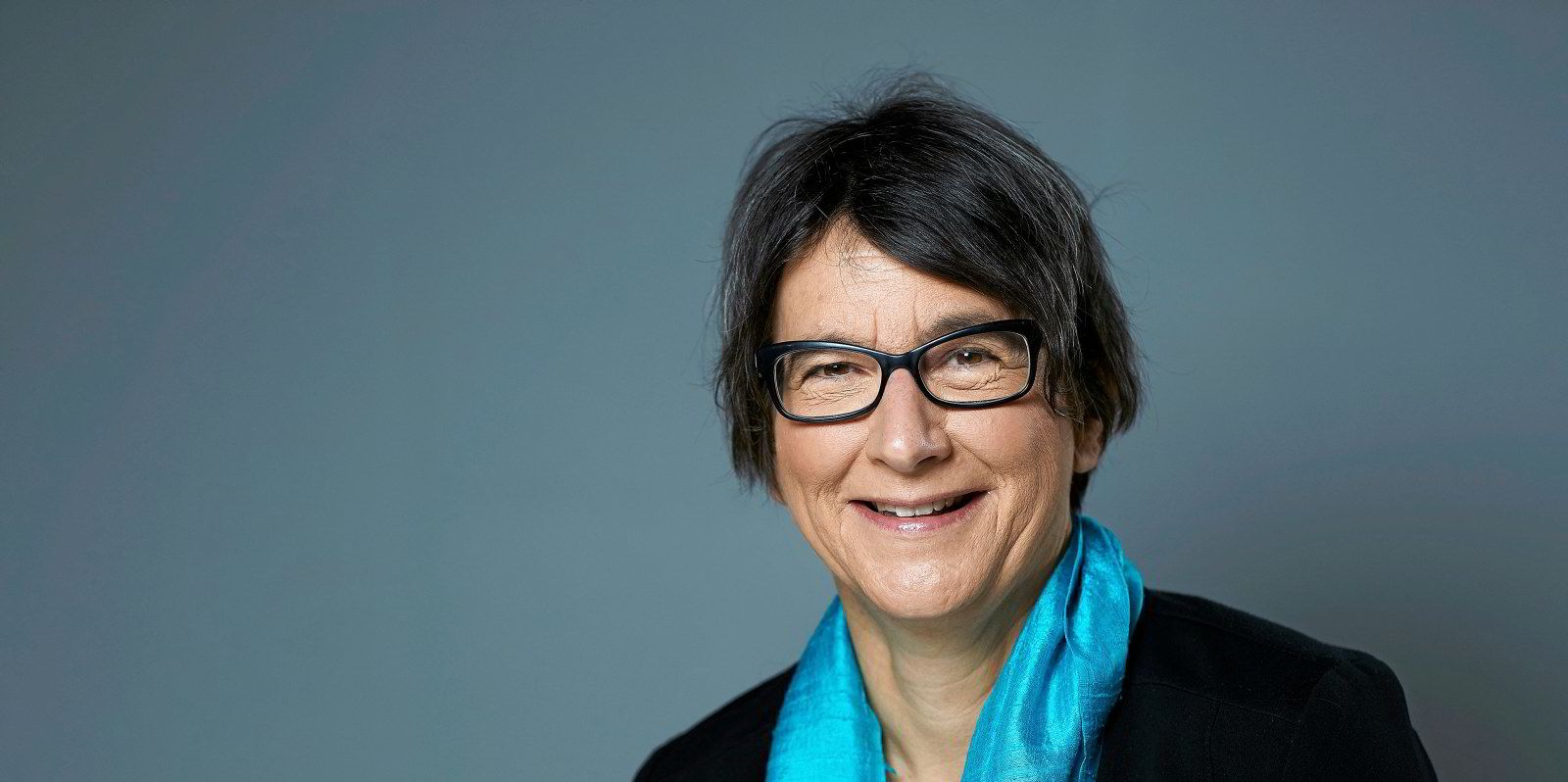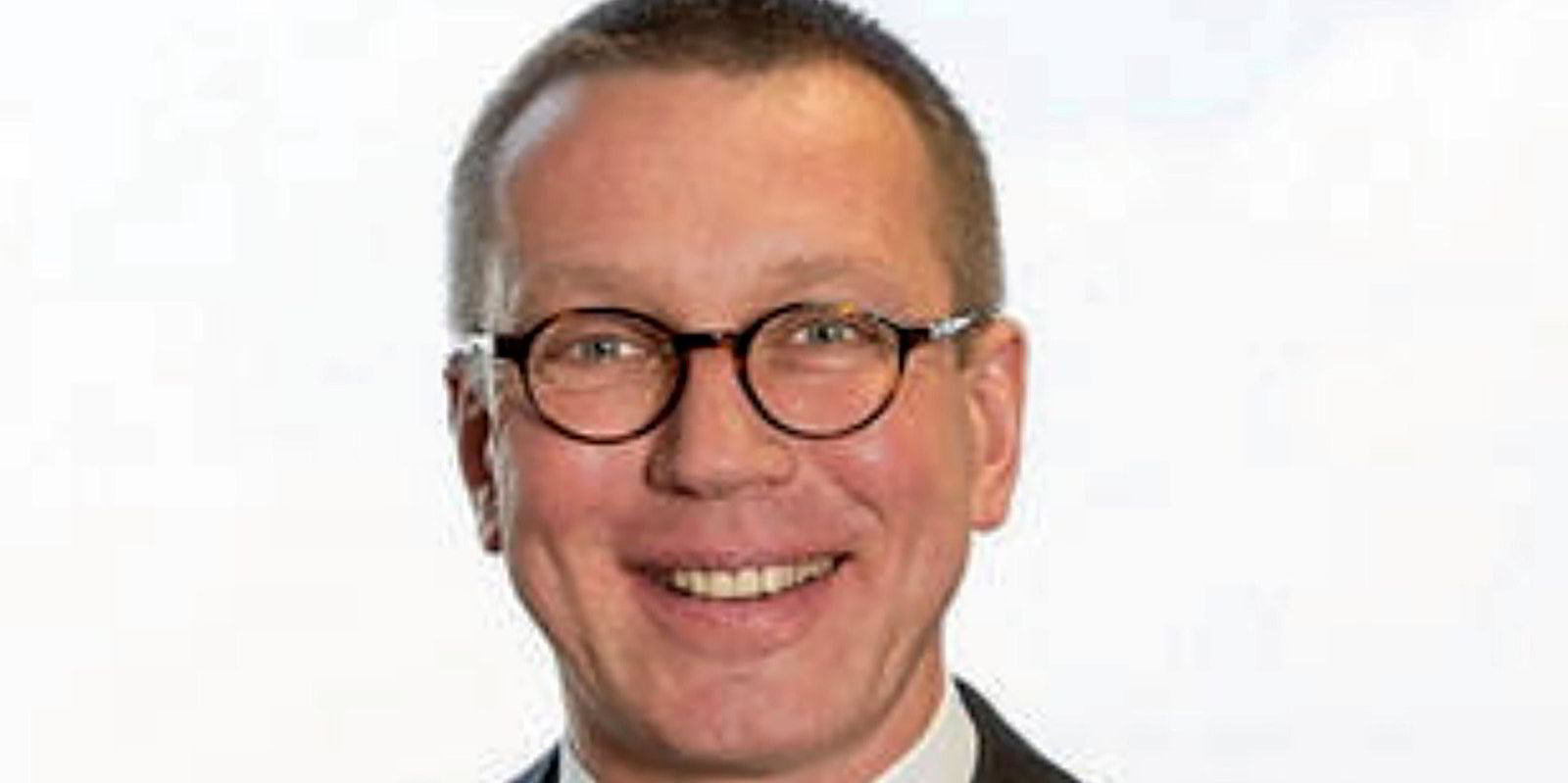The Nordic Association of Marine Insurers (Cefor) half-year hull insurance market report for 2023 indicates that the industry’s claims frequency and costs have returned to pre-pandemic levels.
There are also warning signs that global inflation is having an impact with average claims costs also increasing.
According to Cefor’s figures, there have been four losses in excess of $10m and one in the $30m to $50m range in the first half of this year. Three of the four largest losses involved fires.
A recent major fire on the 6,200-ceu Fremantle Highway (built 2013) in the North Sea occurred outside the six-month reporting range and has not been included.
The claims frequency, although back to the sort of figures seen in 2019, has not yet surpassed the previous levels, Cefor said.
The total loss frequency also increased in 2023 but is still around 0.05%, which has been the level since around 2010.
“As of mid-2023, the hull trends continue largely along the same lines as per year-end 2022. Both the claims frequency and the claim cost per vessel have returned to pre-pandemic moderate levels but do not exceed these yet,” Cefor said.
It pointed out that the upturn in claims frequency coincides with the container ship and cruise ship trading activity now having also returned to pre-pandemic levels.
Cefor said inflation is causing the average cost of claims to rise. Insurers also appear to be reserving for higher claims costs.
Inflation impact
“When claims reserves on already reported claims are adjusted upwards, it also means that more claims may grow into higher cost ranges,” Cefor said.
Insured values are also falling, mainly due to the sudden decline in the container ship market this year, after a remarkable boom and soaring asset values in the previous two years.
Container ship hull policies have been renewed this year at substantially lower valuations and overall insured values have fallen by 7%.
In 2022, insured values had increased by 4%.
“This reflects well the swinging demand in that segment both during and after the pandemic,” Cefor said.






